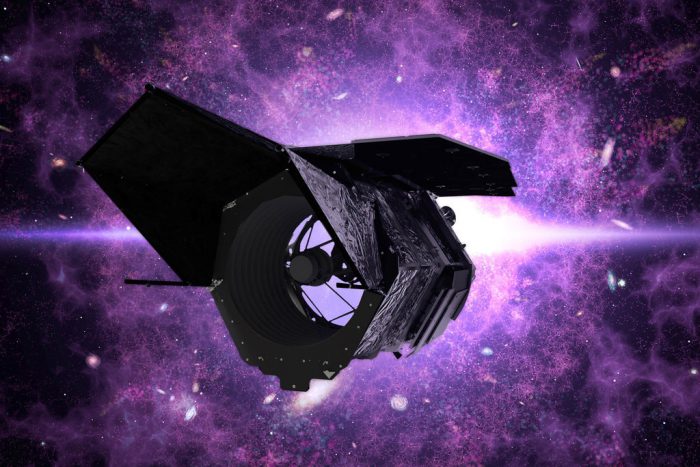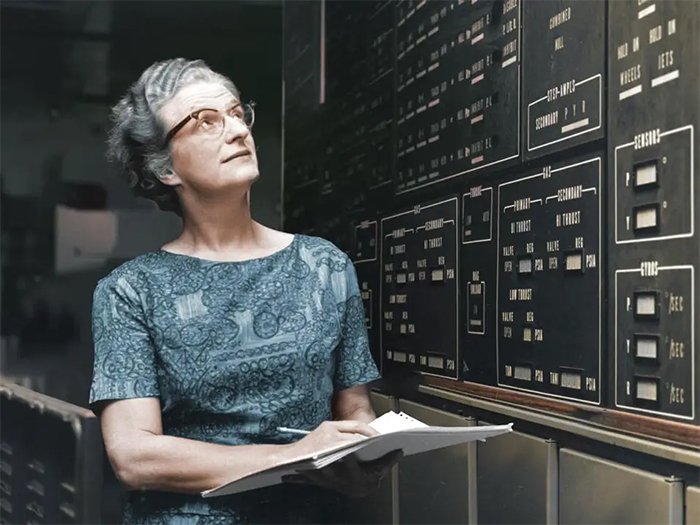NASA has announced that its newest deep space telescope will be named after the 'Mother of Hubble', former chief astronomer Nancy Grace Roman. Once called the Wide Field InfraRed Survey Telescope (WFIRST), it will be launched in the mid-2020s.
Nancy may not be a household name, but her story is truly inspirational. It shows how NASA's innovations haven't just been up in space. They've been down here, too—changing how we view what jobs women can do.
Even if not everyone at NASA was excited about it at the time!
Determined to break through
Nancy in 2017 at the Earth Day March For Science Rally. (Getty Embed)
For centuries, astronomy—like most science professions—was left to men. Women who did work in the field did calculations, cared for files, and other office tasks. But Nancy was destined for more.
She was born in 1925 in Nashville, Tennessee. Her mother took her on night walks to stare at the stars. Her father, a geophysicist, answered her questions about science. In grade school, she organized astronomy clubs to study the stars. She was determined to become an astronomer herself.
Except in those days, women didn't do that.
"I certainly did not receive any encouragement," she once recalled. "I was told, from the beginning, that women could not be scientists."
She had to push forward in her studies at the University of Chicago despite the fact that her instructor wouldn't speak to her for months! When she did graduate with a PhD in astronomy in 1949, she was one of only a few women in the world to do so.
And she wouldn't waste the opportunity.
Mother of Hubble arrives
Nancy in her office at NASA. (Getty Embed)
Nancy joined NASA in 1959. The organization was only six months old at the time. (Awwww... baby NASA!) And it was also a place where she finally felt accepted.
She became not only NASA's first female executive, but the first chief astronomer in the organization's history. She was in charge of developing the space astronomy program—this was the group that would decide how to explore and map parts of the far universe, never seen before. It was what she dreamed of as a little kid!
She spent twenty years at NASA. By the time she retired in 1979, she had laid the plans for some of the greatest astronomy projects the world has ever seen—including what would one day become the Hubble Space Telescope.
Shedding light on the dark

An artist's illustration of the Roman Space Telescope. (NASA)
Though Nancy died in 2018, her spirit lives on at NASA. The powerful Roman Space Telescope will look even deeper into the depths of space. It will be 100 pixels stronger than the Hubble. (This means that 100 of its photos will be able to fit inside one of Hubble's photos.)
Its main goal will be looking for evidence of dark energy. That's the mysterious, unseen force that many physicists believe is what is expanding the universe. Yeah, it's cutting edge stuff.
Exactly the kind of frontier that Nancy Grace Roman pushed towards all her life.
 Nancy Grace Roman inspecting instruments at NASA in 1972. She was a pioneer for female scientists. (NASA)
Nancy Grace Roman inspecting instruments at NASA in 1972. She was a pioneer for female scientists. (NASA)










cool